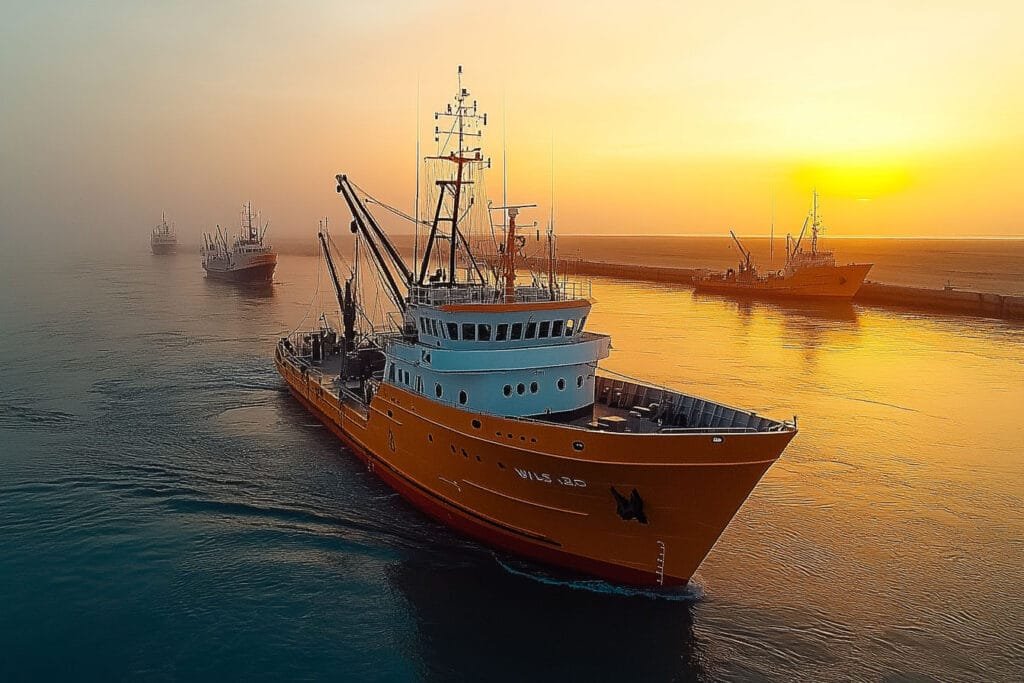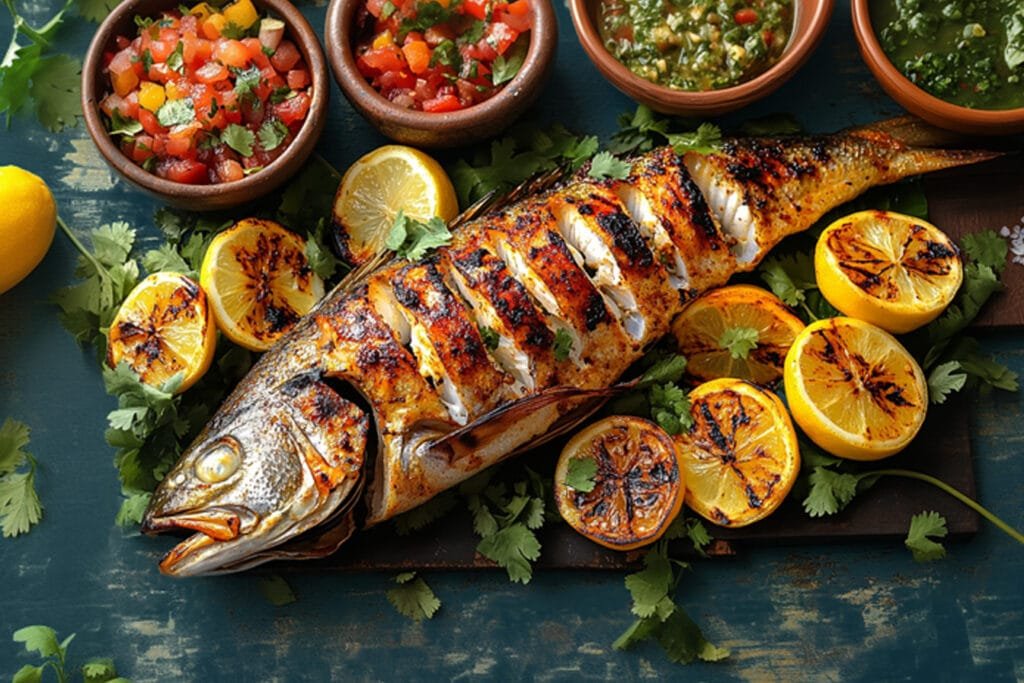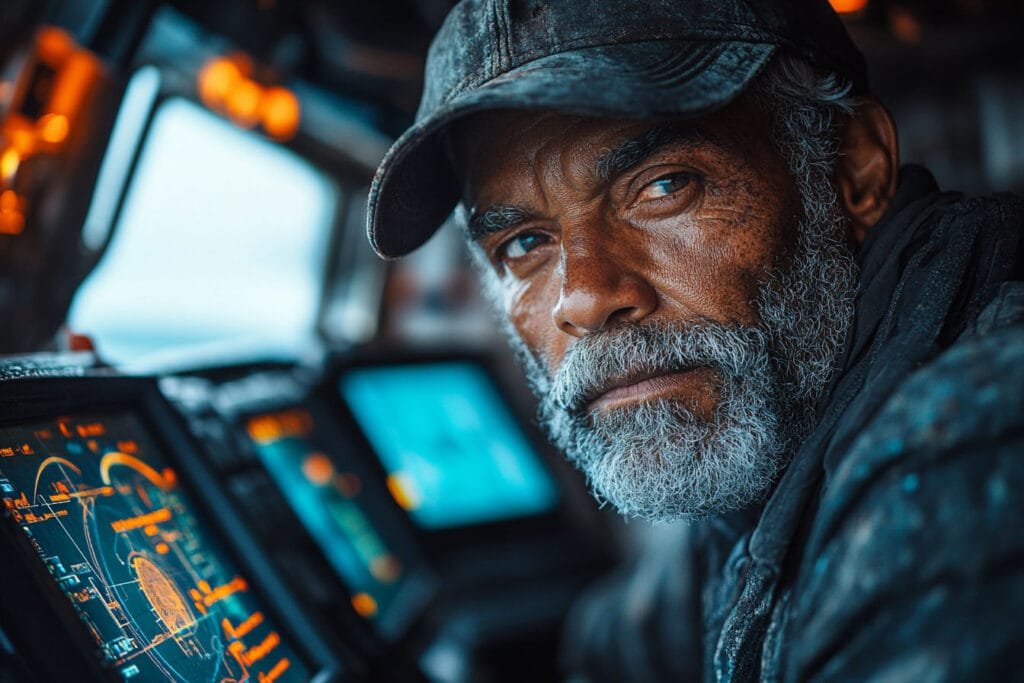The dawn breaks over Walvis Bay as fishing vessels prepare for another day at sea. But this isn’t just another fishing expedition, it’s part of Namibia’s carefully orchestrated sustainable fishing program, one of Africa’s most successful marine resource management systems.
Namibia’s quota system, implemented since independence, has transformed our waters from the over-exploited grounds of the 1980s into a model of sustainable fishing. For companies like OceansGate Investments, this system provides the framework for responsible resource management while ensuring commercial viability.
“The quota system isn’t just about limiting catch, it’s about securing our marine resources for future generations,” says the Ministry of Fisheries and Marine Resources. These aren’t just words. The system carefully balances environmental protection with economic development, ensuring that fishing companies can operate profitably while maintaining healthy fish populations.
At OceansGate, we’ve integrated these quotas into our operational DNA. Our advanced vessels like the Muxia operate within strict guidelines that govern not just how much we catch, but how we catch it. This attention to detail extends from the moment our nets hit the water to our state-of-the-art processing facilities in Walvis Bay.
The impact is measurable. Scientific studies show that Namibia’s hake stocks, once threatened by over-exploitation, are now stable and growing. This success story isn’t just about numbers, it’s about creating a sustainable future for our industry and our communities.
Looking ahead, the challenges of climate change and growing global demand for seafood make sustainable practices more crucial than ever. Yet Namibia’s quota system proves that with proper management, commercial fishing can thrive while protecting marine resources.


Gone are the days when fishing was merely about casting nets and hoping for the best.

2025 © Oceansgate All Rights Reserved
2025 © Oceansgate All Rights Reserved
You cannot copy content of this page